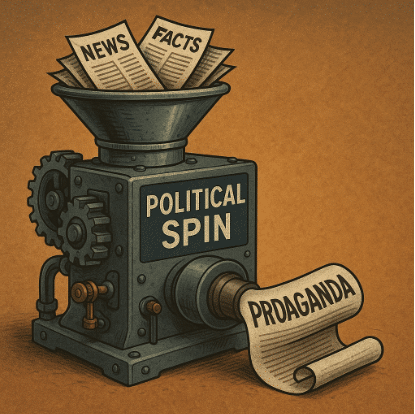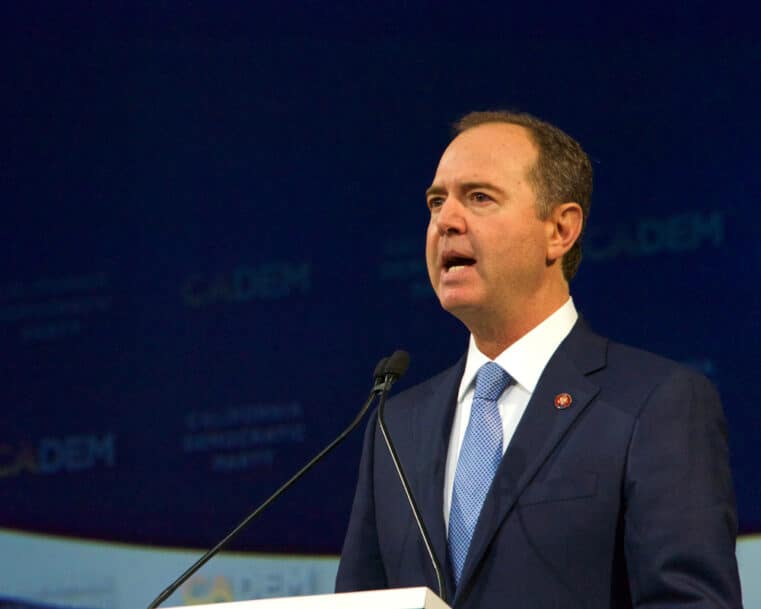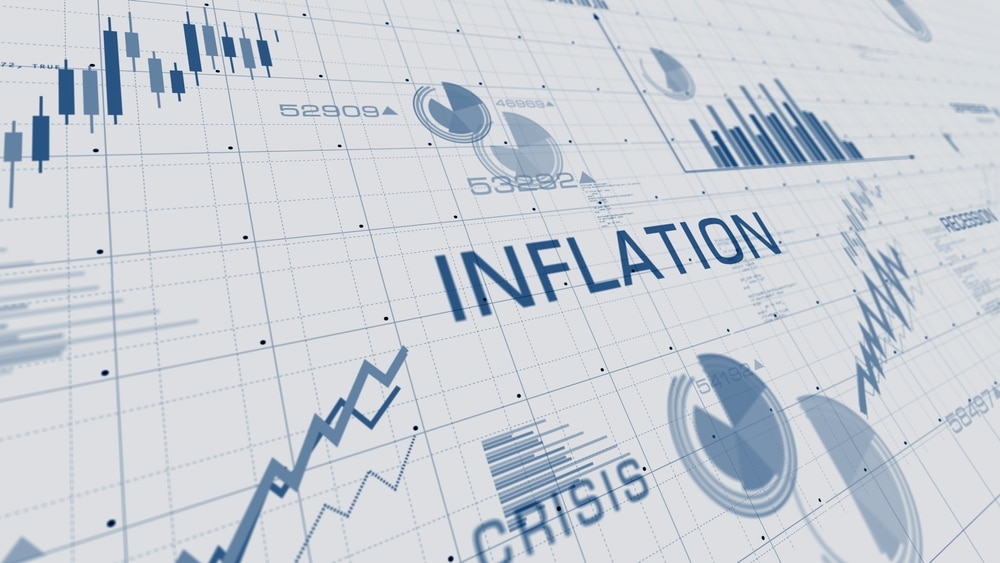
How the Fed Will Crash the Stock Market
Finally, some hawkish statements from Janet Yellen.
In a speech earlier today in Cleveland, delivered to the National Association For Business Economics, Yellen made a few hawkish comments:
- “My colleagues and I may have misjudged the strength of the labor market, the degree to which longer-run inflation expectations are consistent with our inflation objective, or even the fundamental forces driving inflation.
- “It would be imprudent to keep monetary policy on hold until inflation is back to 2 percent,”
- The Fed “should also be wary of moving too gradually.”
The rate hike odds for December are now up to 78%.
A massive liquidity drainage is about to hit the financial system.
This statement comes less than a week after Yellen announced the Fed will begin implementing steps to reverse quantitative easing. The Fed’s printing presses, which have been largely responsible for the run-up in stocks, bonds, and real estate prices, have now officially ceased; liquidity in the financial system, to be drained.
Of course, with ballooning assets as shown below, jumping from $1 trillion to $4.5 trillion in less than a decade, it’s no surprise the Fed has decided to unwind.
Why aren’t stocks declining as liquidity is slowly drained from the financial system?
The simple answer is that the investing public believes, as the Fed announced last Wednesday, that its unwinding will implemented in a way that shouldn’t interfere with the stock market’s rise.
If history has taught us anything, it’s that THERE IS NO FREE LUNCH.
Unfortunately, the investing public, at least those who turn a blind eye toward the yet-to-be-realized damage that excessive QE has already done, don’t recognize that their belief runs counter to this fundamental principle.
As we mentioned in an article last week on smart money, even the smartest people can confuse impression with reality, as Sir Isaac Newton did, before losing his entire life savings.
Here are three fallacies that many investors believe; fallacies which may ultimately prove their undoing.
- The Fed’s unwinding has already been discounted by the markets.
- The unwinding will be implemented at a snail’s pace, taking several years to complete, like “watching paint dry” as Philadelphia Fed president Patrick Harker described.
- The market, no longer Fed-driven, is now earnings-driven; the Fed’s role no longer relevant to the market’s self-sufficiency.
There are a number of things that can go wrong, and by paying too much attention to the fallacies above, you miss a few simple facts that shouldn’t be ignored.
Bear in mind that the stock market’s rise of 250% since 2009 is due largely to the artificially low interest rates, not “higher earnings” but rather “price-to-earnings” (P/E). If long-term rates rise, it’s probable that we may see a massive P/E contraction in the near future.
Corporations have been using the record low rates to borrow money and buy back stock, which is main driver behind the increase of earnings per share. In fact, as we covered in a previous article, the period between 2009 and the present marks the largest stock buy-back activity in market history.
The liquidity created by low interest rates is what has been driving global growth. Once liquidity decreases, the rate of growth will likely follow.
Although the investing public may be optimistic about the Fed unwinding its balance sheet, the Fed, in contrast, is not.
As Tho Bishop, writing for Mises.Org states:
“One of the biggest questions going forward is who will step up to replace the Fed’s purchasing power in the US Securities market? In the past, the US has been able to count on China to purchase US debt. Even before the Trump administration threatened the country with sanctions, China was selling off Treasuries in order to help prop up its struggling economy. With other nations also backing off from US debt, the hope is that investors will fill the gap...Of course the noise of the Fed’s actions only serves to distract from the real issue, which is the continuing economic stagnation of the US economy...full-time employment remains lower than it was prior to the recession. Meanwhile, American’s personal debt has reached record highs…How much of these gains are being fueled by credit and the false prosperity of inflated stocks and other assets?
Despite the optimism that often characterizes the Fed, they don’t seem to have much optimism for the future, as they forecast long-term growth under 2%.
What should you do?
Our firm position should be familiar to you by now. The solution is simple: seek safe haven assets over speculative paper assets. To buy precious metals is to invest in real assets that have intrinsic value--value which “exceeds the value of money,” as Ray Dalio (founder of the world’s largest hedge fund) states.
We define wealth according to its value, not price. We seek assets that are sound and stable, not assets that can easily be manipulated, created, inflated. We believe that wealth is about long-term investment, not short-term speculation.
Main takeaway: the party is over; protect your wealth.













